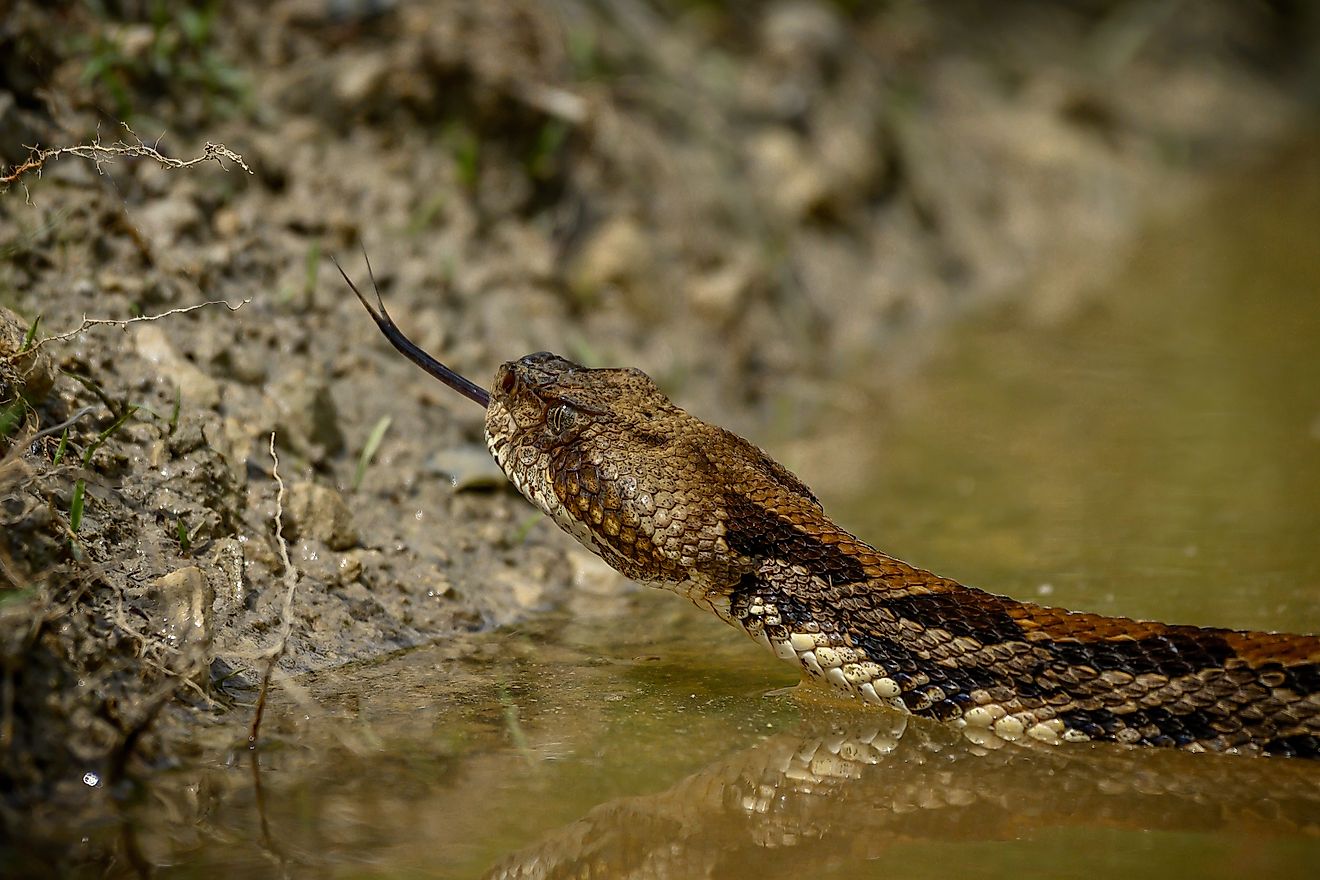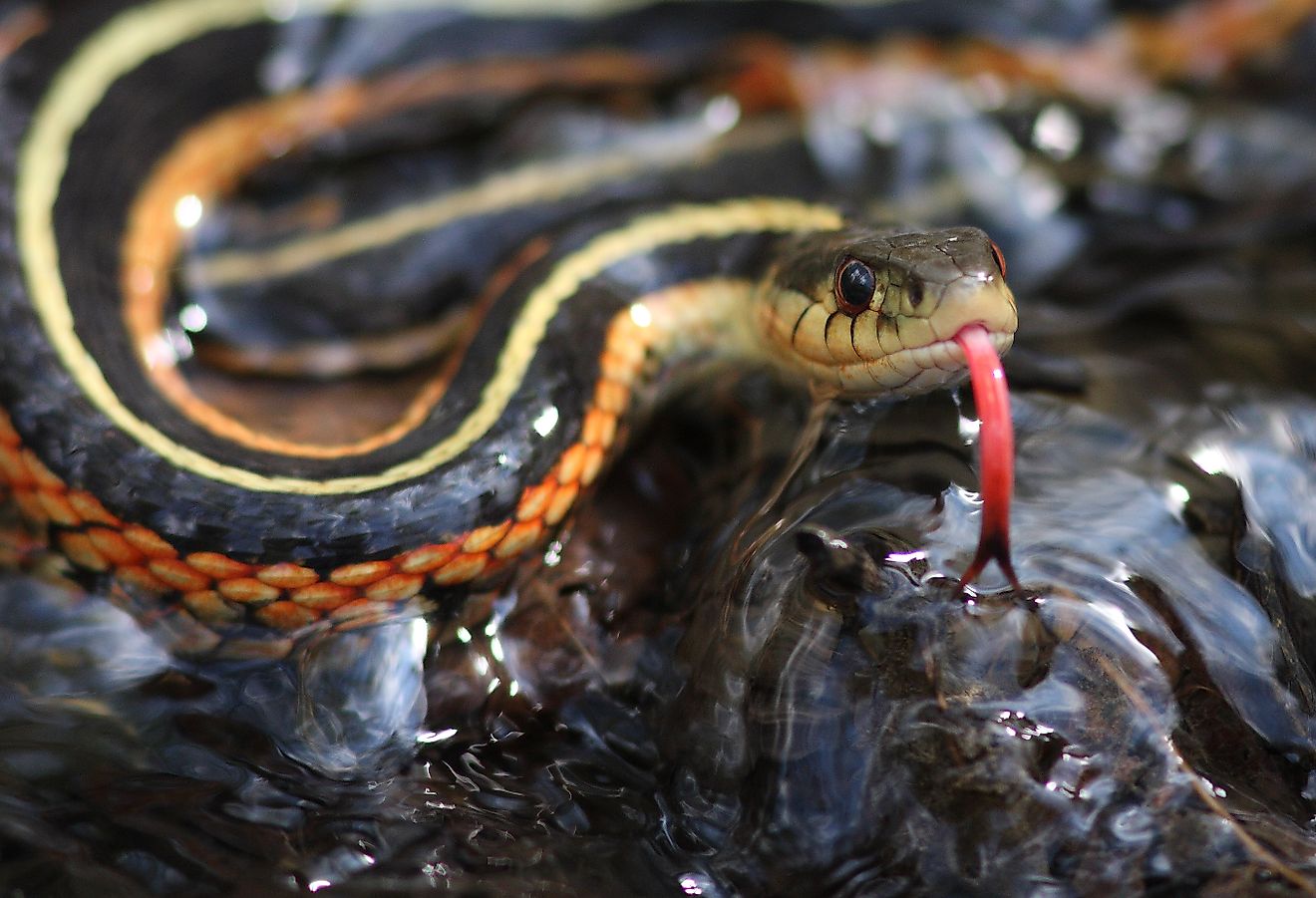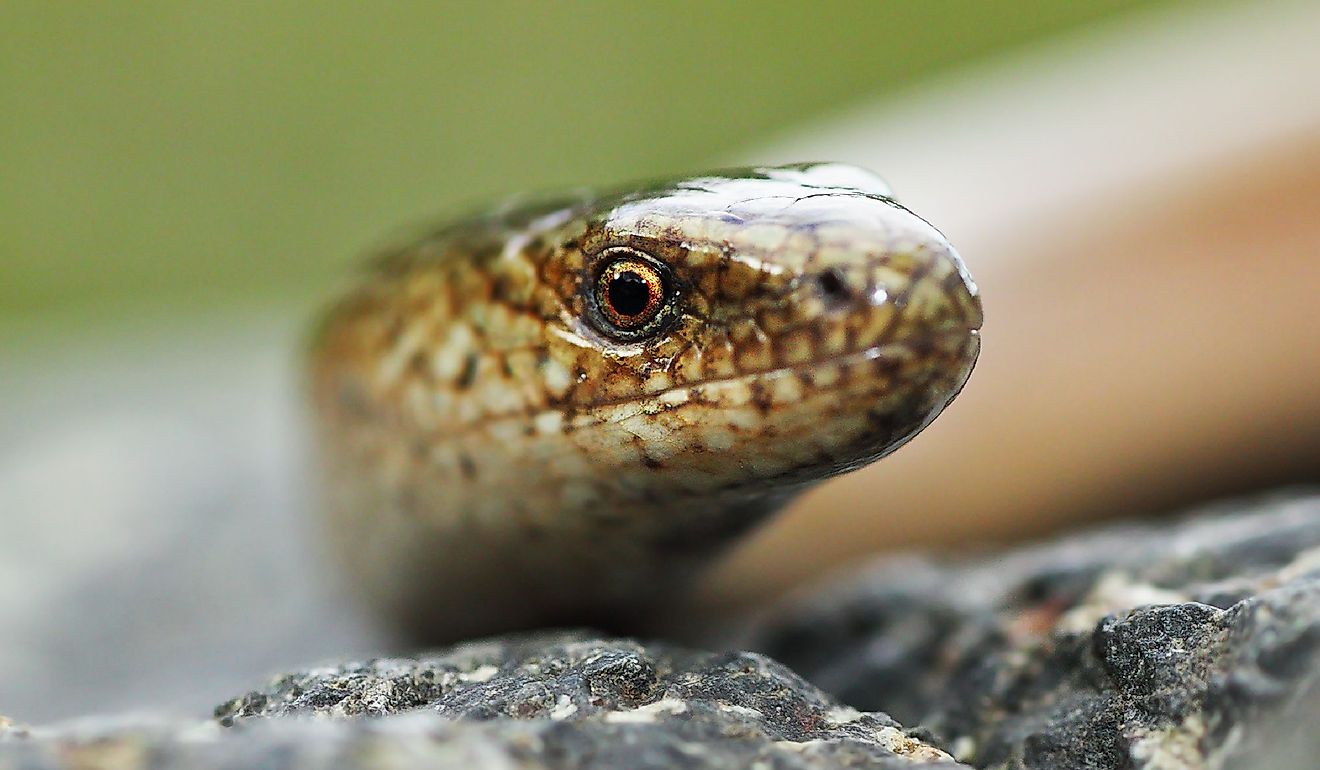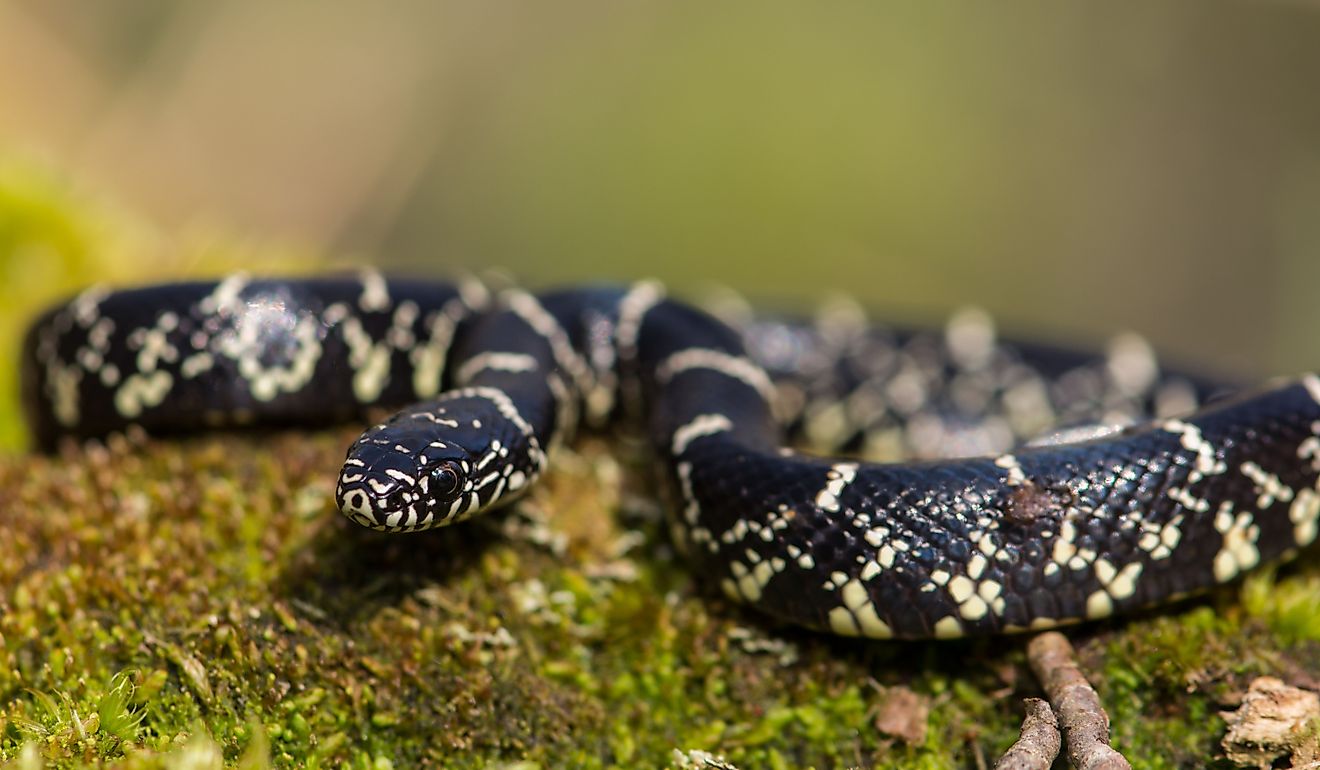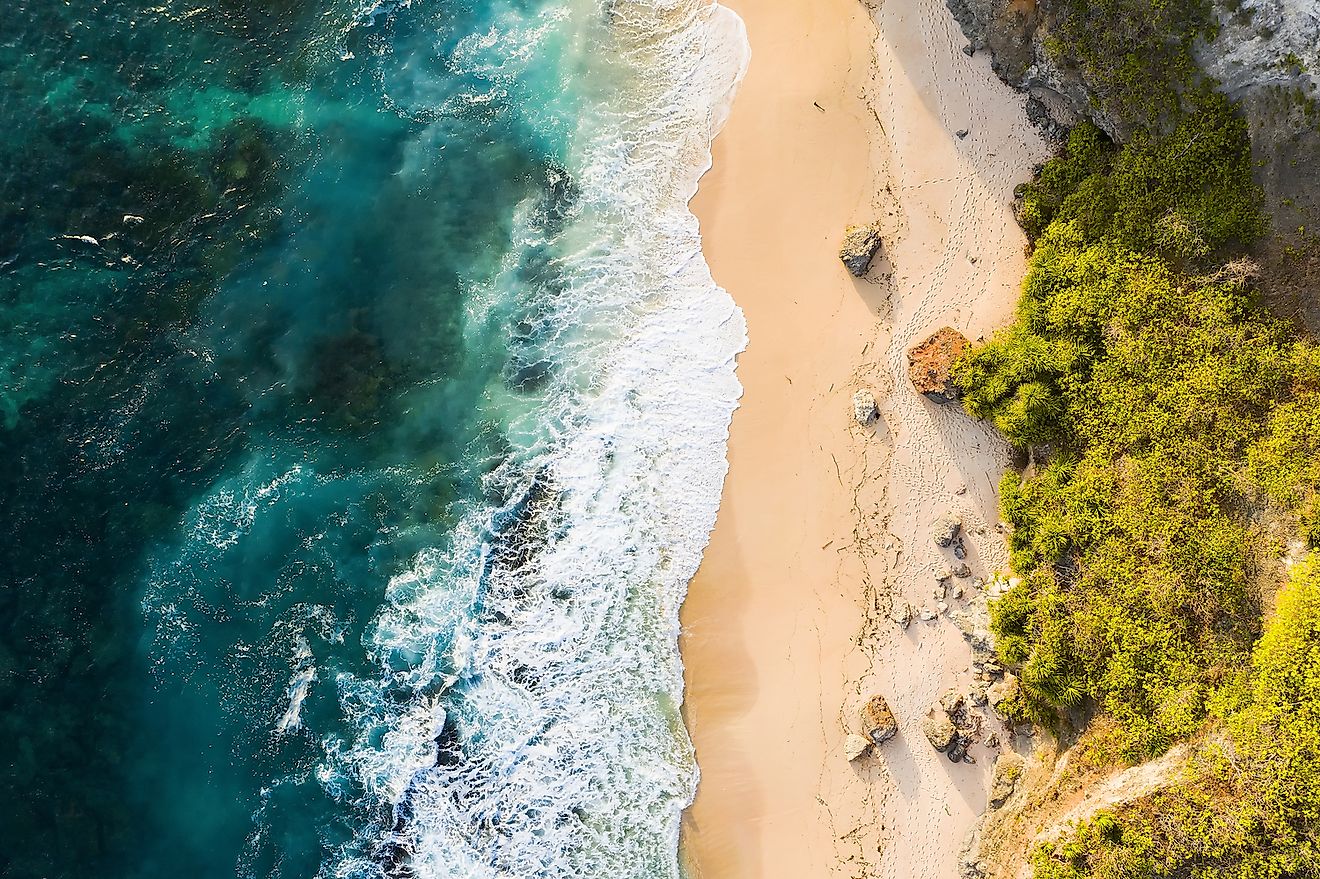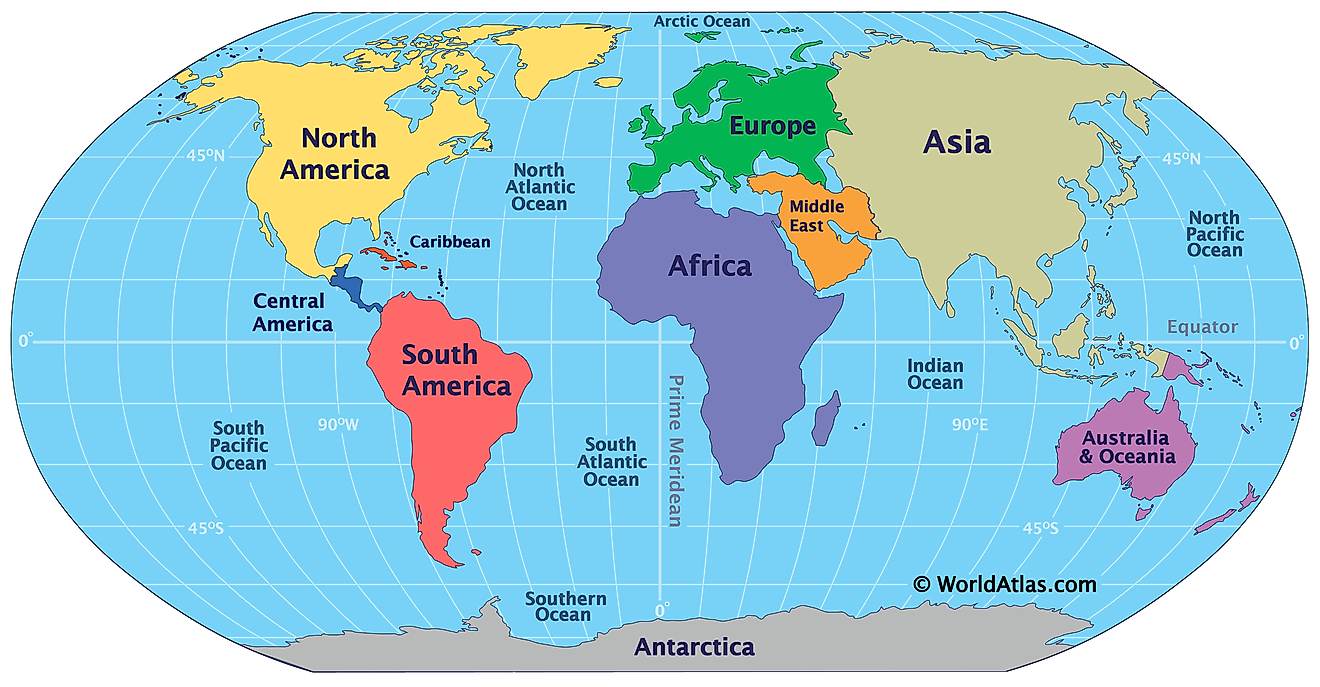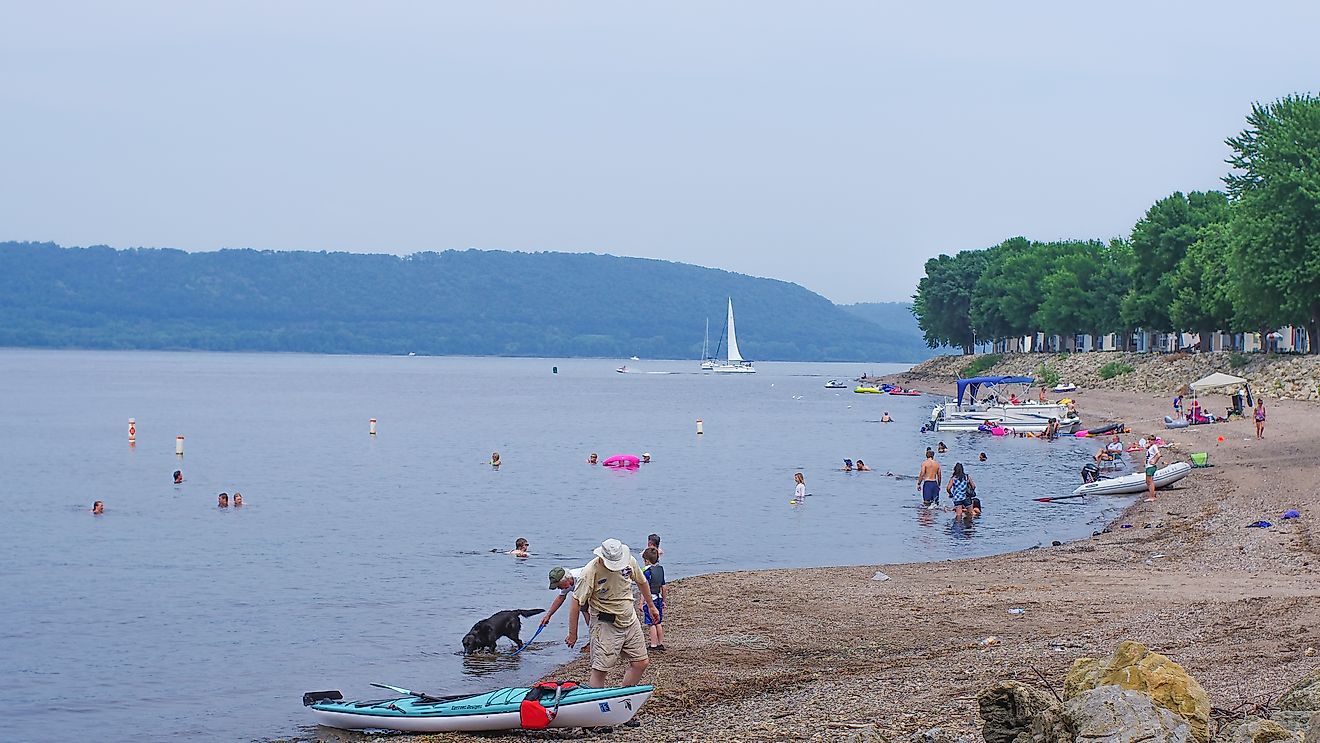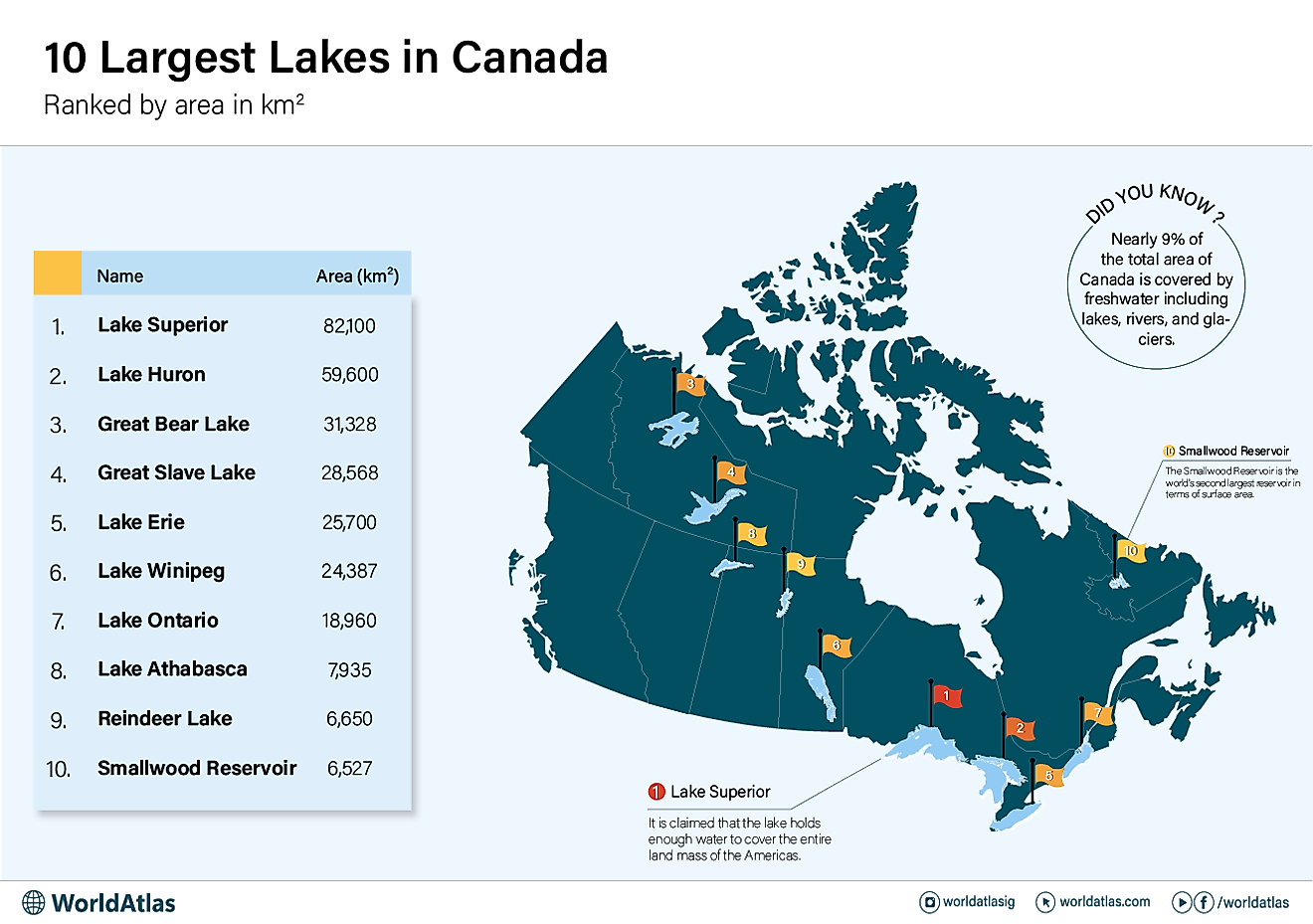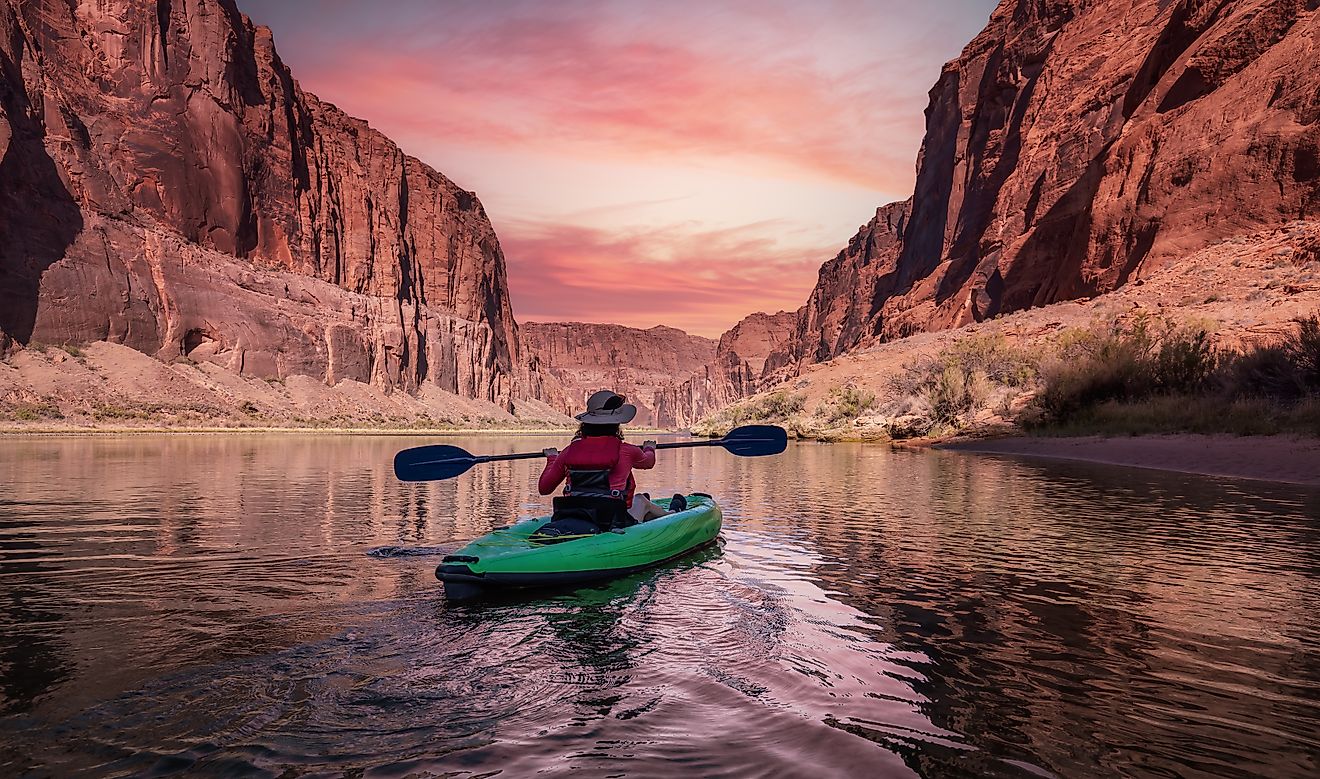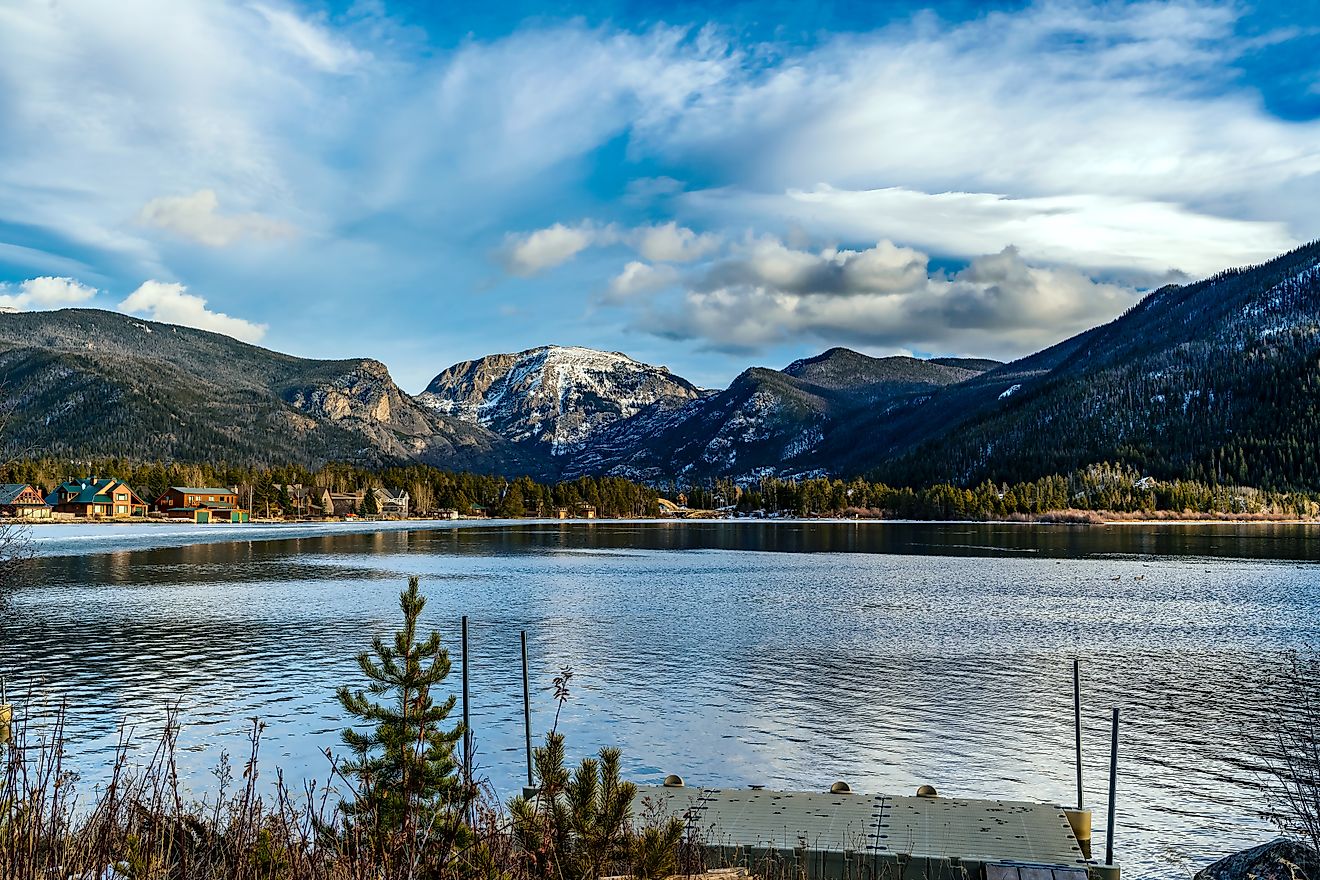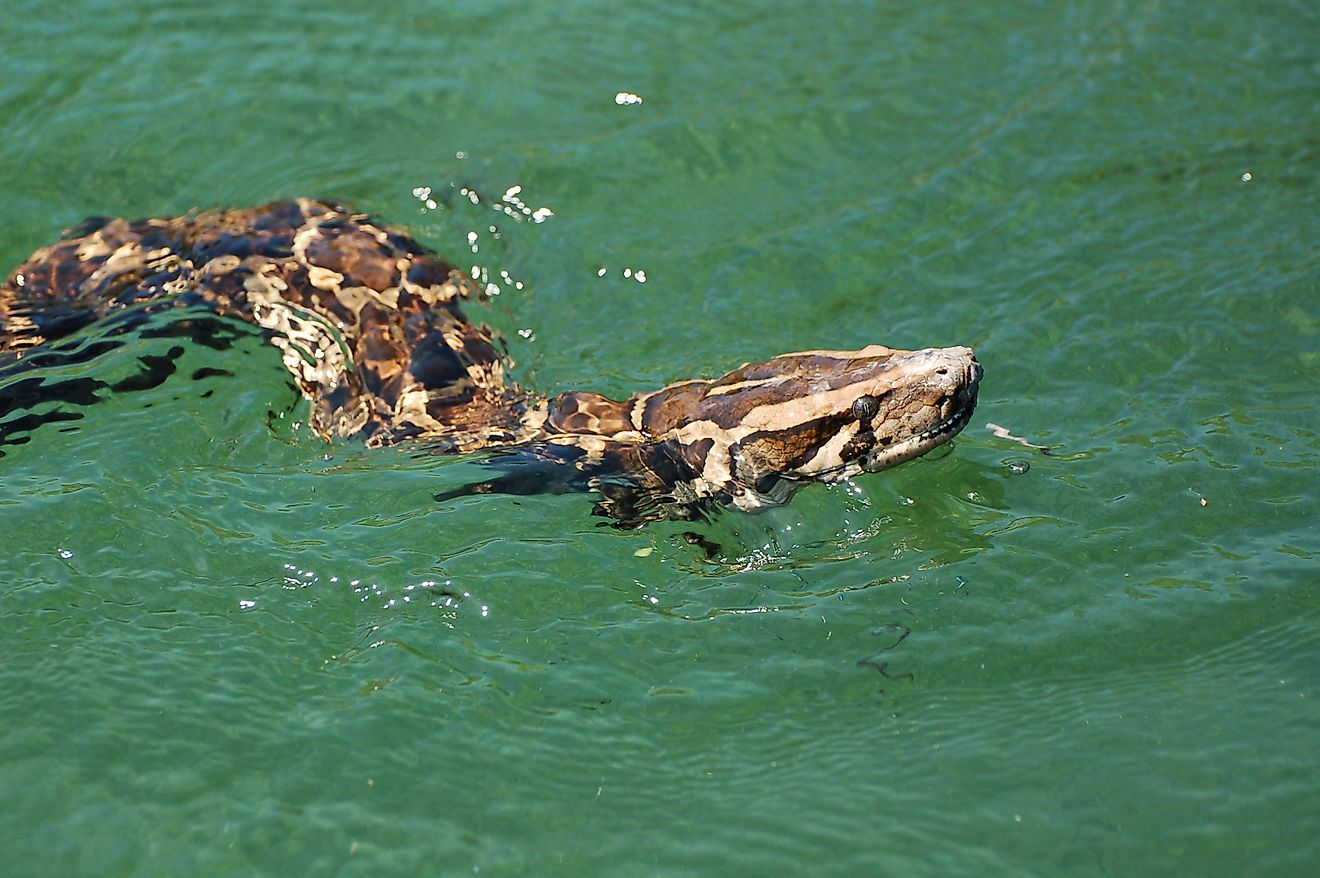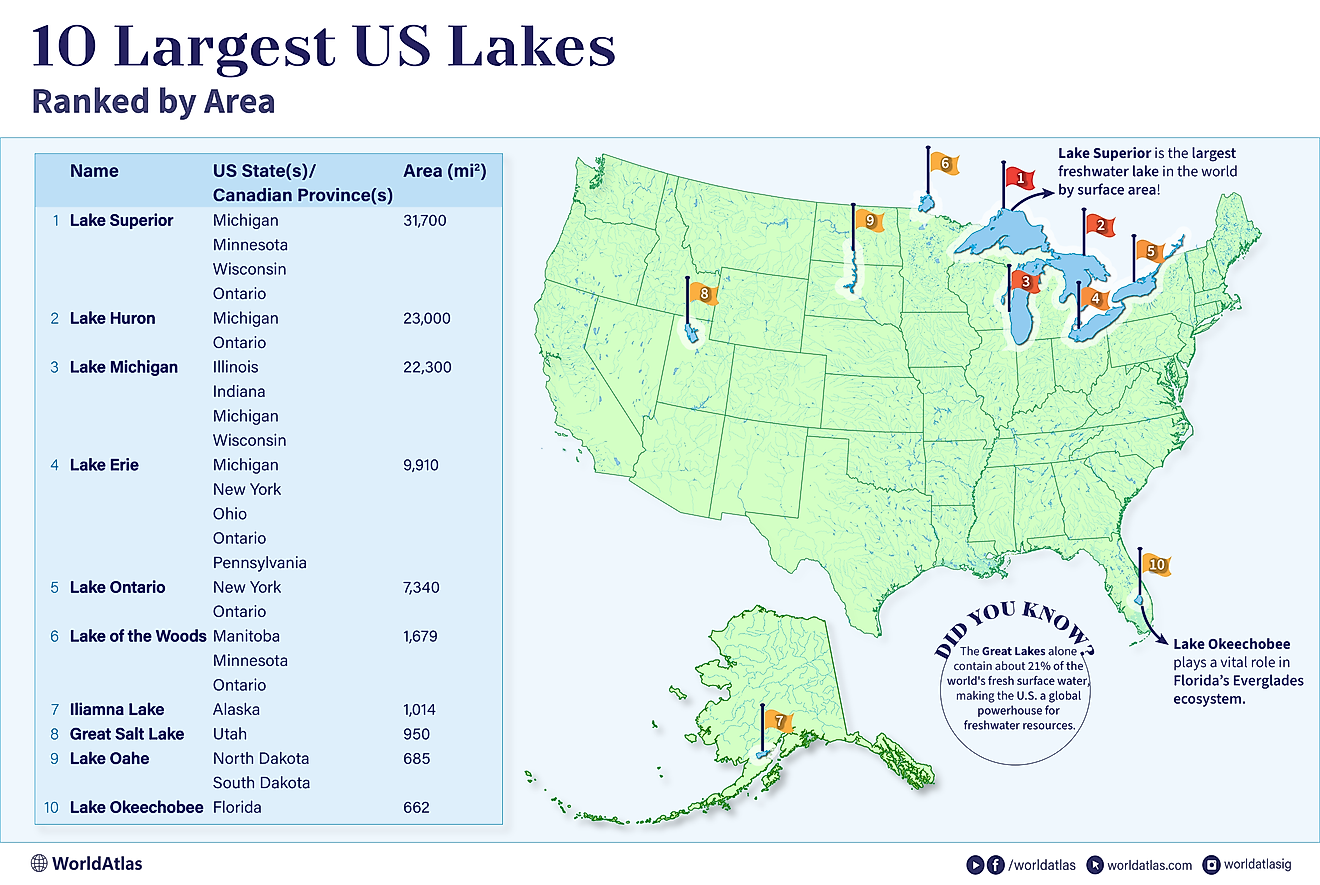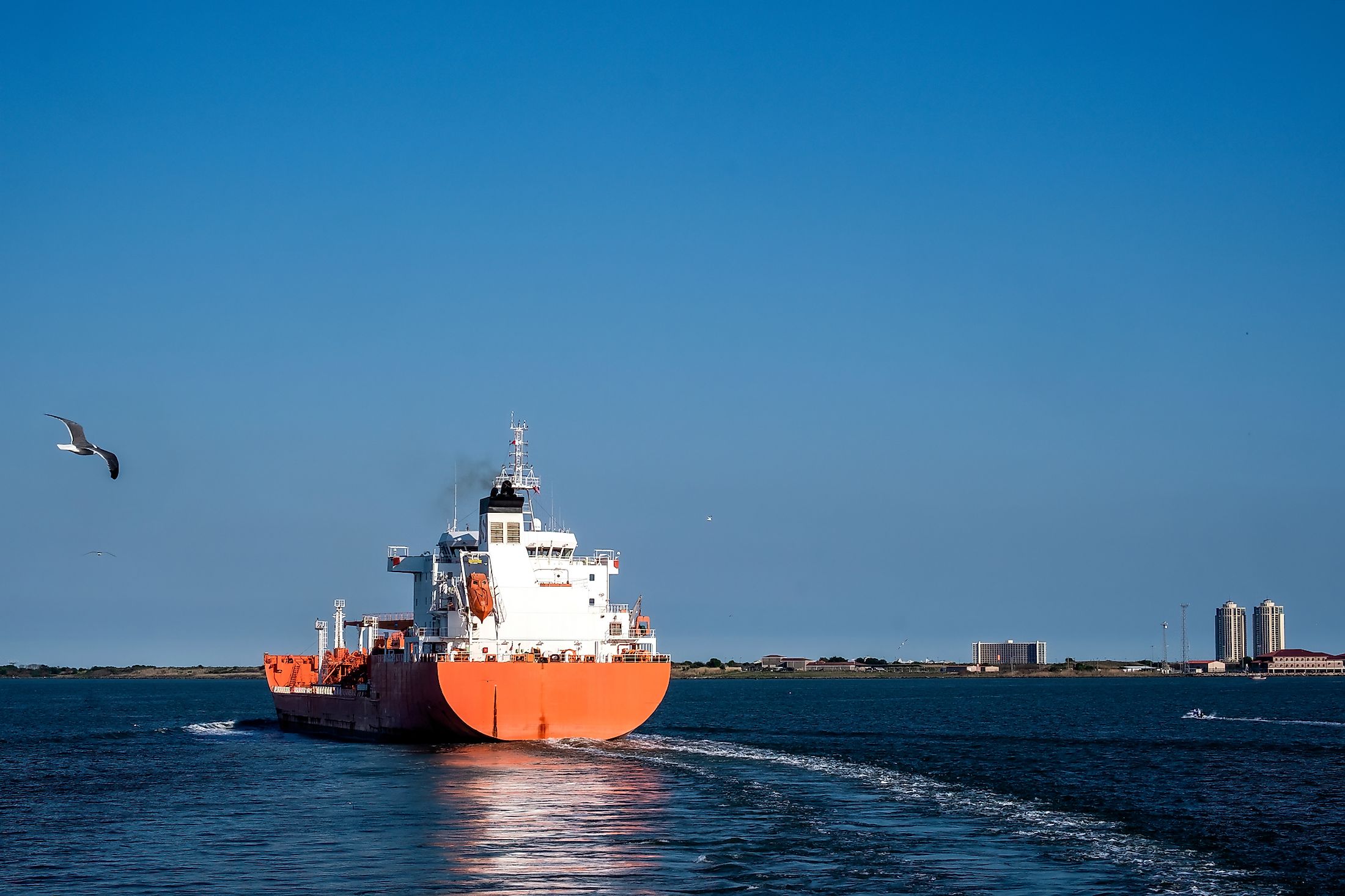
Galveston Bay
Galveston Bay is a large inlet of the Gulf of Mexico that is situated on the southeastern shores of Texas, United States. Covering an area of 1,600 sq. km, the Galveston Bay is considered the seventh-largest estuary in the United States and the largest among the seven major estuaries on the Gulf Coast of Texas. In 1785, the Spanish explorer José Antonio de Evia named the bay as ‘Gálvezton’ in the honor of the Spanish Viceroy Bernardo de Gálvez.
Geography
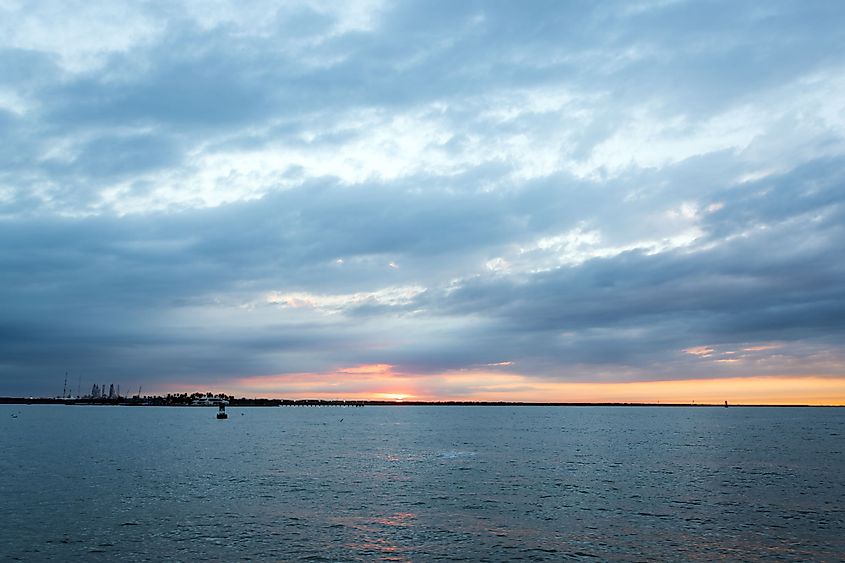
The Galveston Bay has a length of about 48km and a maximum width of 27km. Compared to its size, the bay is relatively shallow and has an average depth of 2m while reaching a maximum depth of 3m. The Galveston Bay system is made up of four main water bodies. These include the East Bay, West Bay, Trinity Bay, and the Galveston Bay proper. Each of these four water bodies receives its supply of fresh water from various sources. The Galveston Bay receives its freshwater flow from the San Jacinto River and the local drainage from the city of Houston via the Houston Ship Channel and the Buffalo Bayou. Trinity Bay receives its main fresh water supply from the Trinity River. The West Bay receives its freshwater supply from the Chocolate Bayou, Mustang Bayou, and other local streams. The East Bay receives its fresh water from the Oyster Bayou and runoff water from the Chambers County. The Trinity River accounts for about 54% of the Bay's freshwater inflow, followed by the San Jacinto River basin which accounts for 28%, and the local watershed that accounts for about 18%.
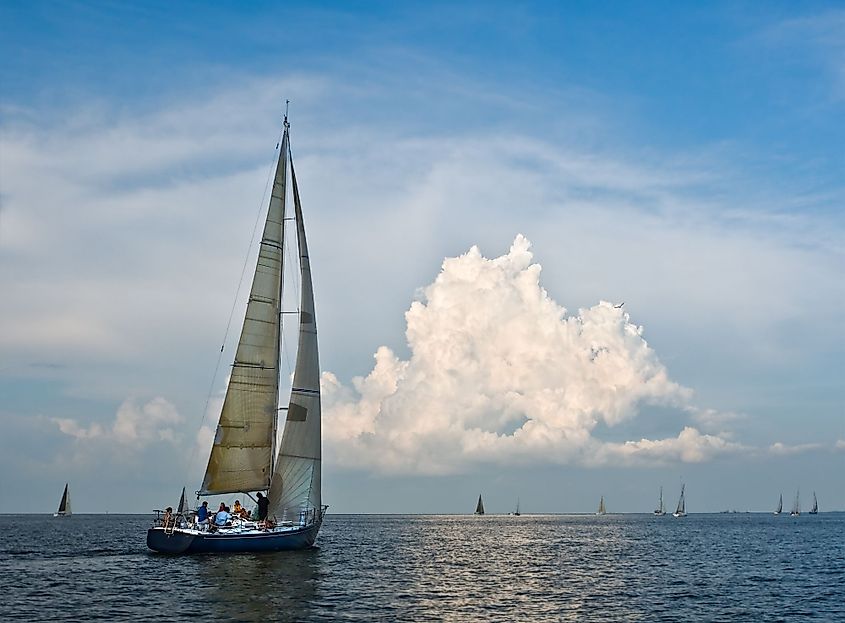
The Galveston Bay empties into the Gulf of Mexico via three outlets. These include the Bolivar Roads that is located between Galveston Island and the Bolivar Peninsula; the San Luis Pass located at the western end of the Galveston Island and the Rollover Pass located across the Bolivar Peninsula. Many smaller bays and lakes such as Moses Lake, Christmas Bay, Clear Lake, Dickinson Bay, San Jacinto Bay, Black Duck Bay, and Ash Lake are connected to the principal Galveston Bay system. An inland waterway known as the Gulf Intracoastal Waterway, which is made up of several man-made canals and natural watercourses, runs through the southeastern part of Galveston Bay. The Galveston Bay is surrounded by the counties of Brazoria, Liberty, Harris, Chambers, and Galveston. Some of the major cities that are situated around the bay include Texas City, Anahuac, Baytown, Houston, League City, Pasadena, La Porte, Galveston, and Seabrook. The significant ports in the bay include the Port of Galveston, the Port of Texas City, and the Port of Houston. The Galveston Bay serves as a major tourist destination providing for many recreational activities like boating, birdwatching, ecotourism, and waterfowl hunting.
Climate
According to the Köppen climate classification system, the Galveston Bay region experiences a humid subtropical climate. The prevailing winds which blow from the south and southeast bring moisture from the Gulf of Mexico and heat from the deserts of Mexico. The summer temperatures exceed 32°C, with the area’s humidity making the heat index even higher. The winter temperatures are comparatively milder, with maximum temperature being 16°C and minimum temperatures about 4°C. The bay region receives an average annual rainfall of 1,000mm, while some areas may receive over 1,300mm of annual rainfall. Hurricanes are quite common during the fall season with the Bolivar Peninsula and the Galveston Island being at greater risks. The shoreline of the bay also faces much danger from storm surge.
Ecology
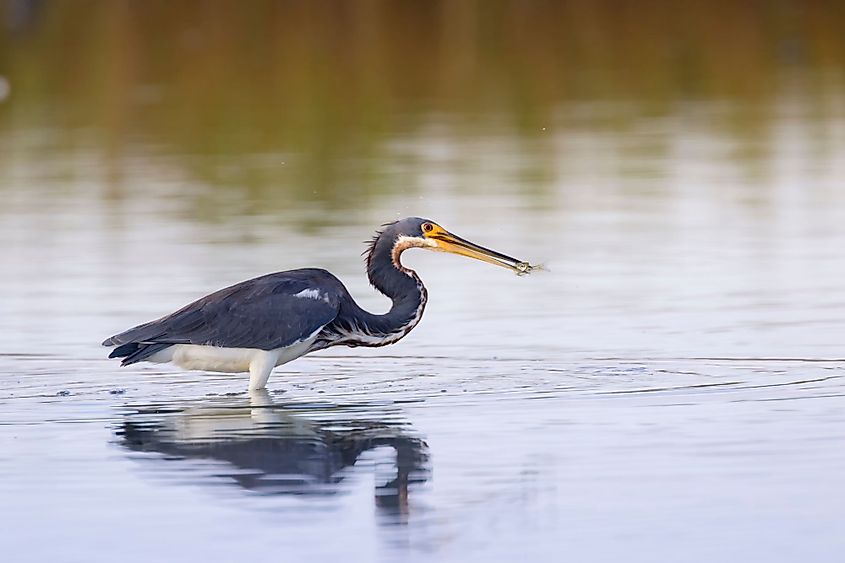
The water in Galveston Bay is a complex mixture of fresh water and seawater that provides nursery and spawning grounds for a variety of marine life including fishes, crabs, oysters, and shrimps. The deeper navigation channels of the bay provide suitable habitats for bottlenose dolphins that feed on the abundant varieties of fish. Besides, the rivers, bayous, and marshes that surround the bay support their own ecosystems that contain diverse wildlife and provide support for the freshwater farming of crawfish. The wetlands surrounding the bay support several faunal species including a bobcat and American alligator, as well as many avian species like the white-faced ibis, snowy egret, mottled duck, roseate spoonbill, etc.
